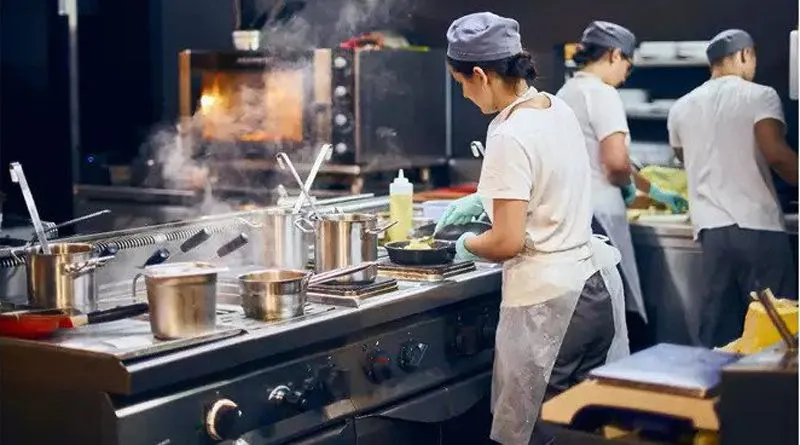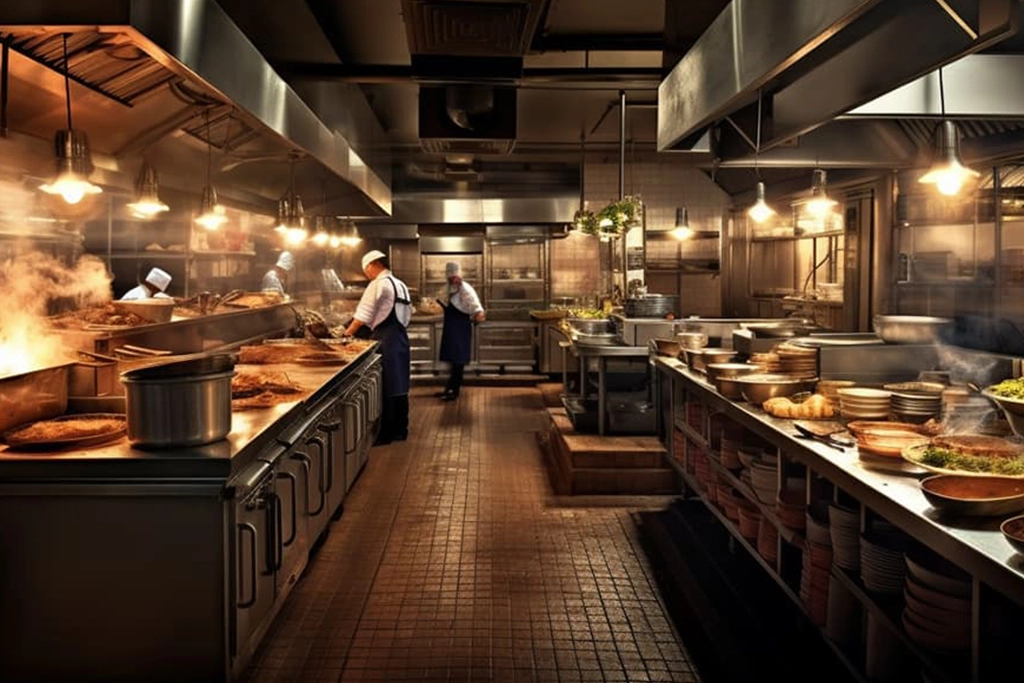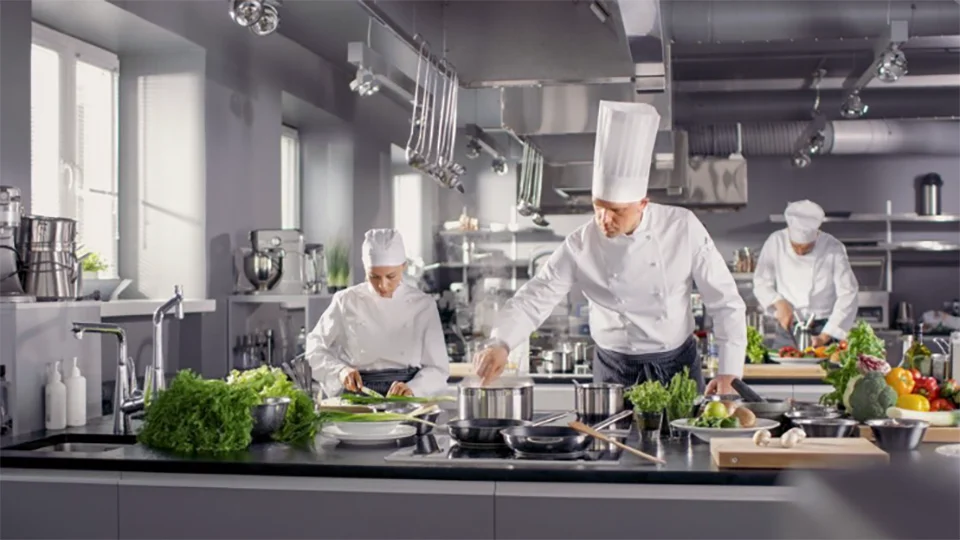How to Start a Cloud Restaurant: A Step-by-Step Guide
Understanding Cloud Restaurants
A cloud restaurant, also known as a ghost kitchen or virtual restaurant, is a commercial kitchen exclusively dedicated to food delivery and takeout. Unlike traditional brick-and-mortar eateries, cloud restaurants eliminate the need for dining areas, waitstaff, and extensive decor, focusing solely on food preparation and delivery. This business model has gained significant traction due to several key advantages. and we will know How to Start a Cloud Restaurant: A Step-by-Step Guide
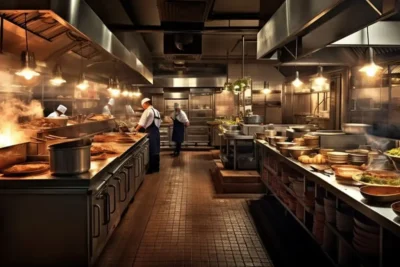
How to Start a Cloud Restaurant: A Step-by-Step Guide
Read also next to How to Start a Cloud Restaurant: A Step-by-Step Guide
What is a Cloud Restaurant? All information about him
The Importance of Cloud Restaurants
The surge in popularity of cloud restaurants can be attributed to several factors:
1 Evolving consumer behavior: The increasing preference for convenience and on-demand services has driven a substantial increase in food delivery orders.
2 Enhanced cost-efficiency: By eliminating the overhead costs associated with dine-in operations, cloud restaurants achieve higher profit margins.
3 Scalability: These businesses can rapidly expand their operations by launching new virtual brands or partnering with additional delivery services.
4 Unwavering focus on food: With a singular emphasis on food preparation, cloud restaurants can prioritize taste, quality, and consistency.
5 Expanded market reach: Without the geographical limitations of a physical location, cloud restaurants can cater to a wider customer base.
How to Start a Cloud Restaurant
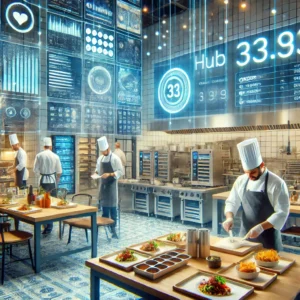
How to Start a Cloud Restaurant: A Step-by-Step Guide
Starting a cloud restaurant requires a strategic approach and careful planning. Here’s a step-by-step guide to help you navigate the process:
1 Develop a Compelling Concept:
◾ Identify your target market: Clearly define the demographics and preferences of your ideal customers.
◾ Choose a niche or cuisine: Specialize in a specific type of food or cater to a particular dietary preference to stand out.
◾ Craft a strong brand identity: Develop a memorable brand name, logo, and messaging that resonates with your target audience.
2 Secure a Suitable Kitchen Facility:
Strategic location: Choose a commercial kitchen space that is easily accessible for delivery drivers and complies with all health and safety regulations.
Essential equipment: Invest in high-quality kitchen equipment, including stoves, ovens, refrigerators, and food preparation tools.
Regulatory compliance: Obtain the necessary permits and licenses to operate a food business in your jurisdiction.
3 Create an Irresistible Menu:
◾ Curate a focused menu: Offer a limited selection of dishes that can be prepared efficiently and consistently.
◾ Prioritize packaging: Invest in high-quality packaging that maintains food temperature and freshness during delivery.
◾ Highlight unique selling points: Emphasize the distinctive ingredients or preparation techniques that set your cuisine apart.
4 Establish a Robust Online Presence:
◾ Develop a professional website: Create a user-friendly website with clear menu information, ordering options, and contact details.
◾ Optimize for search engines: Implement SEO strategies to improve your website’s visibility in search results.
◾ Leverage social media: Build an engaging presence on platforms like Instagram, Facebook, and TikTok to connect with customers and promote your brand.
5 Partner with Reliable Delivery Services:
◾ Select trusted partners: Choose delivery services with a strong reputation and coverage in your target area.
◾ Negotiate favorable terms: Understand the fees and commission rates charged by delivery platforms.
◾ Maintain exceptional service: Ensure timely and accurate delivery of orders to maintain customer satisfaction.
6 Optimize Operations for Efficiency:
◾ Streamline kitchen workflow: Implement efficient processes to maximize productivity and minimize order turnaround times.
◾ Utilize order management systems: Invest in technology to manage orders, track inventory, and analyze sales data.
◾ Prioritize customer satisfaction: Build strong customer relationships through excellent service and responsiveness.
Read also next to How to Start a Cloud Restaurant: A Step-by-Step Guide
Success Factors for Cloud Restaurants in 2024
Benefits of cloud restaurants in 2024
What is a Cloud Restaurant? All information about him
7 Implement Effective Marketing Strategies:
◾ Offer enticing promotions: Attract new customers and encourage repeat business with special offers and discounts.
◾ Leverage customer reviews: Encourage satisfied customers to share their positive experiences on online platforms.
◾ Build relationships with influencers: Collaborate with food bloggers and influencers to expand your reach.
8 Continuously Monitor and Adapt:
◾ Track key performance indicators (KPIs): Monitor sales, customer feedback, and other metrics to measure success.
◾ Analyze customer data: Utilize customer insights to refine your menu, pricing, and marketing strategies.
◾ Stay ahead of industry trends: Keep abreast of the latest food trends, delivery technologies, and consumer preferences.
By following these steps and adapting to the dynamic food delivery landscape, you can increase your chances of success in the competitive cloud restaurant industry.
Would you like to delve deeper into a specific aspect of starting a cloud restaurant, such as marketing strategies, financial planning, or menu development?


